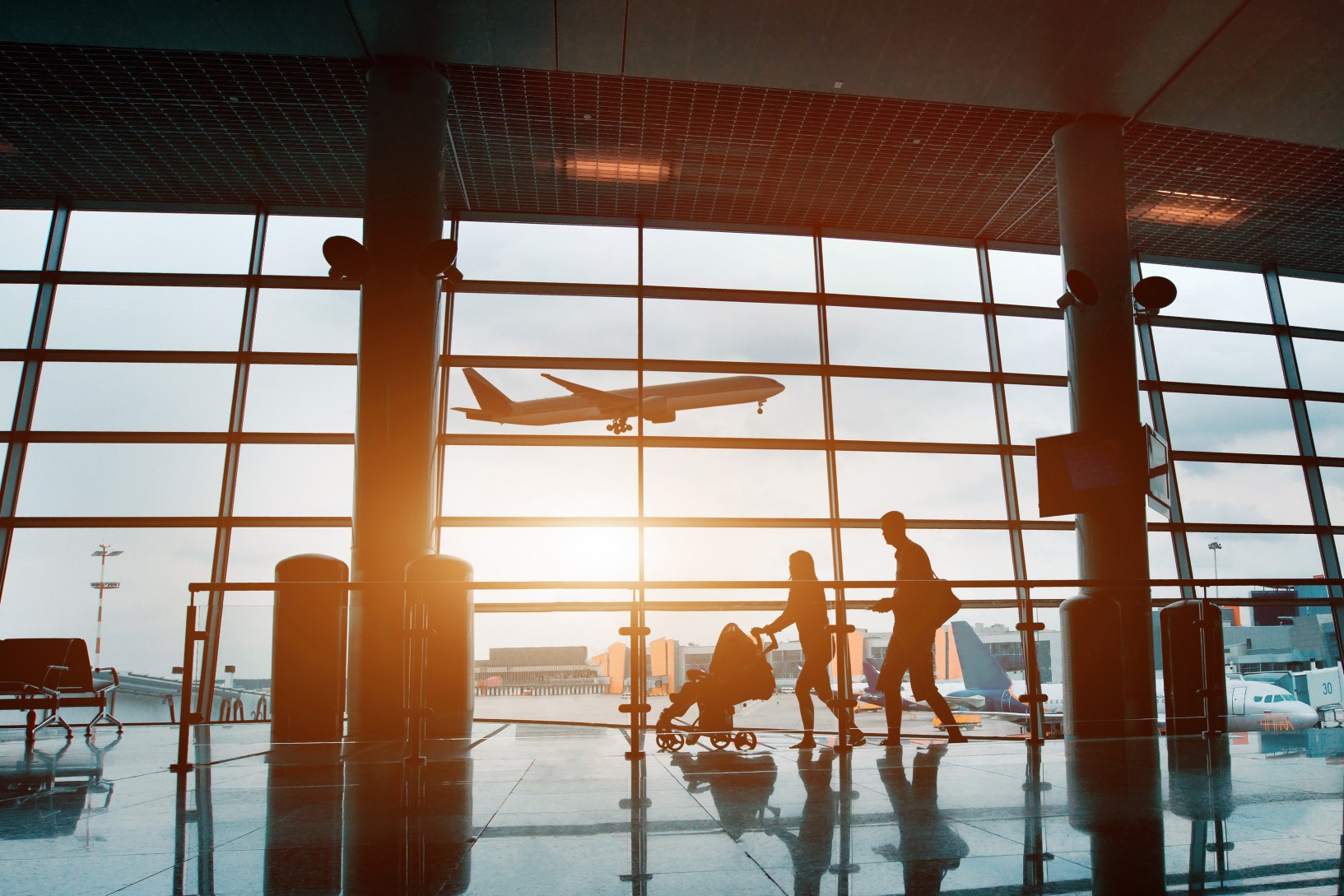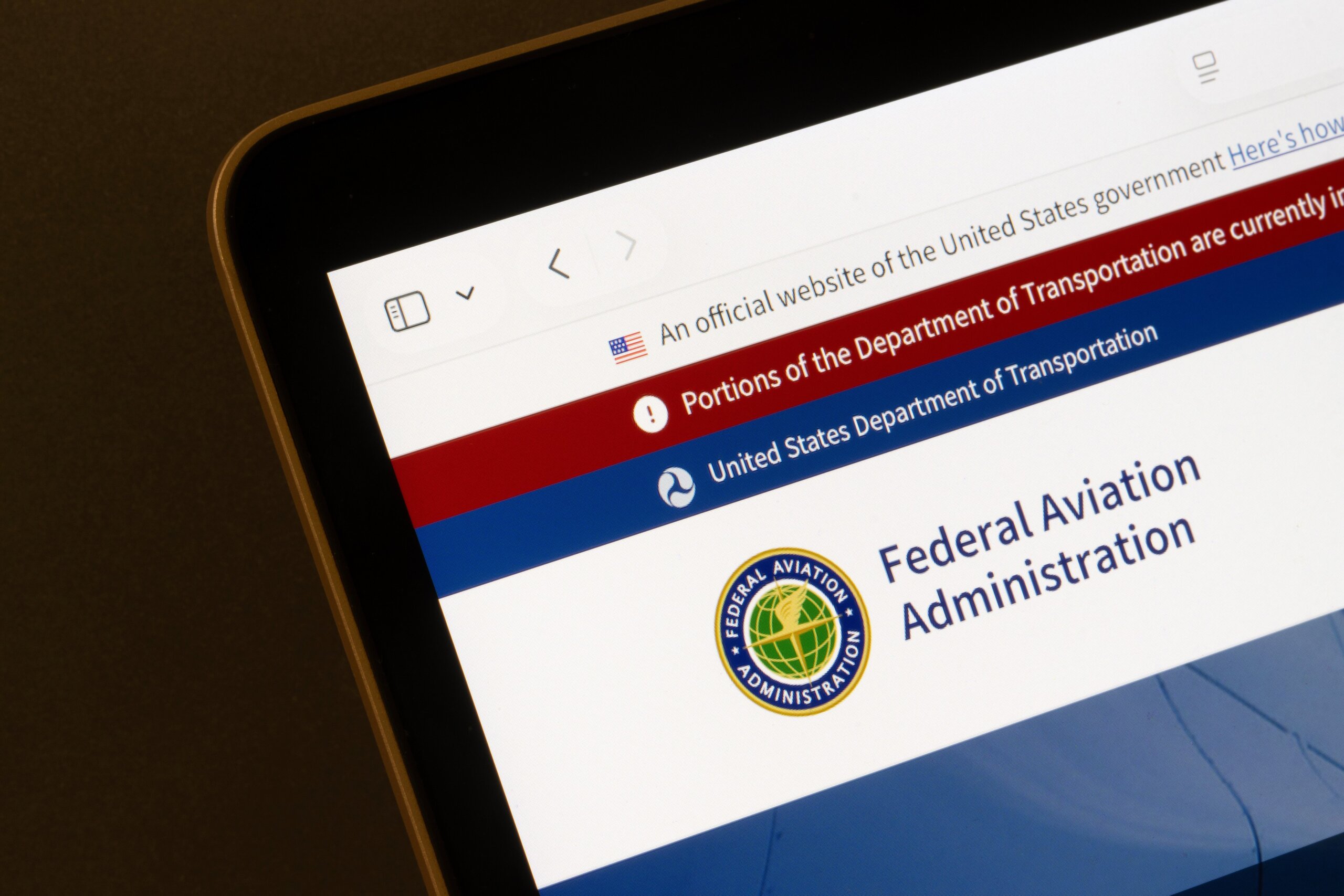
Good news for anyone heading to the airport this Thanksgiving. The US Department of Transportation has officially lifted its emergency order that had forced airlines to cut flights nationwide. The decision comes as air traffic controller staffing levels have finally bounced back after weeks of disruptions during the government shutdown.
Why Flight Cuts Happened in the First Place
When the shutdown began in October, a growing number of air traffic controllers stopped showing up for work. They were required to work without pay, which led many to take on second jobs or to deal with exhaustion and stress while still managing one of the most safety-sensitive roles in the country.
The absences grew to the point where airports struggled to keep flights running smoothly. Some flights were grounded or delayed, and on November 7, the Federal Aviation Administration stepped in, ordering airlines to scale back scheduled takeoffs to prevent potential safety issues.
Some airports even relied on remote control towers located miles away to manage traffic, indicating how strained the system had become.
Staffing Levels Are Returning to Normal
Once the shutdown ended this past week, controller attendance started climbing again. The transportation department said staffing has continued to stabilize, which opened the door for the emergency order to be lifted.
Transportation Secretary Sean Duffy said controllers have returned to their posts and that normal operations can resume. He also noted that the focus now is on hiring more controllers and upgrading the entire air traffic control system to better handle future demand.
Perfect Timing for the Thanksgiving Rush

AAA expects more than six million people in the US to fly this Thanksgiving season. That is about 2% more than last year, and it makes this holiday one of the busiest travel periods of the year.
With the restrictions now gone, airlines can bring back more flights, and schedules should begin to look more familiar. Over the most recent weekend, airports issued only 9 alerts for late or canceled flights due to staffing, a massive improvement from November 8, when alerts soared to a record high of 81.
FAA Looking into Possible Airline Noncompliance

Even though the emergency order has ended, the FAA said it is reviewing reports that some airlines may not have fully complied with the flight-reduction rules earlier this month. The agency did not name specific carriers or explain how they might be penalized.
What Travelers Can Expect Next
With back pay on the way for controllers and schedules returning to normal, the aviation system should feel more stable heading into the winter travel season. Travelers can expect more predictable flight operations again. Weather-related delays are still to be watched for, especially as storm systems begin to move across parts of the country.
If you’re planning holiday trips, here are a few more travel stories you might like:
